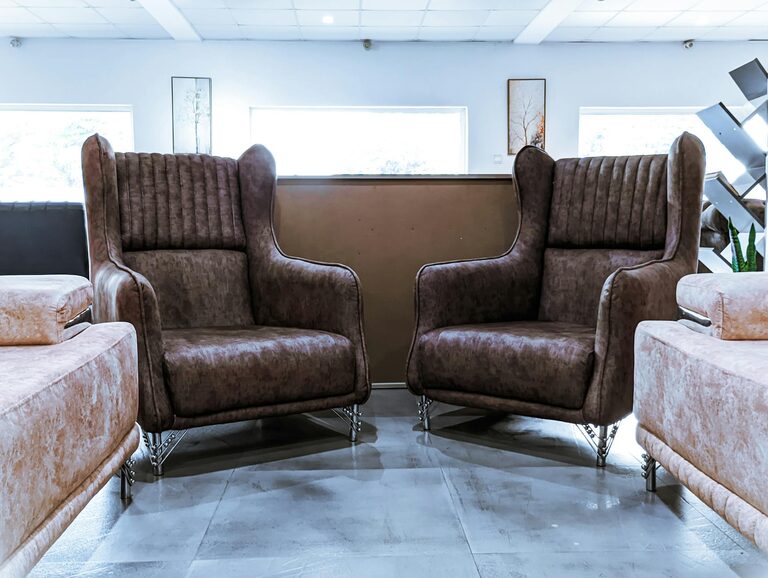Creating a quiet and peaceful home environment can greatly improve your well-being, productivity, and overall comfort. Noise pollution isn’t just an outdoor problem; sounds inside your own home can sometimes be just as disruptive. Whether it’s traffic noise, loud appliances, or noisy neighbors, there are many simple ways to reduce noise at home without expensive renovations.
In this post, we’ll explore practical steps you can take to minimize unwanted sounds and make your living space more tranquil.
Understanding Noise Sources in Your Home
Before diving into solutions, it helps to identify where the noise is coming from. Common noise sources include:
– Outside traffic or street noise
– Loud appliances like washing machines or HVAC units
– Floor creaks and plumbing noises
– Voices and footsteps from other rooms or neighbors
– Electronics and entertainment devices
Once you know the main culprits, you can tackle them more effectively.
Simple and Affordable Ways to Reduce Noise
1. Use Soft Furnishings to Absorb Sound
Hard surfaces reflect sound, making noise more noticeable. Soft materials help absorb sound waves and reduce echo. Consider adding:
– Thick curtains or drapes on windows
– Rugs or carpets on bare floors
– Upholstered furniture like sofas and chairs
– Cushions and throw pillows on seating areas
These items not only beautify your home but also make it quieter.
2. Seal Gaps and Cracks
Noise often seeps through gaps around doors or windows. Check for spaces where sound can enter and seal them by:
– Installing weather stripping around doors and windows
– Using door sweeps to close the gap below doors
– Applying caulk to cracks in walls or window frames
These small fixes can block a surprising amount of noise.
3. Rearrange Your Furniture
Strategically placing furniture can help block and absorb sound:
– Position bookshelves or large cabinets against walls shared with noisy neighbors
– Place sofas or armchairs near windows to soften incoming street noise
– Use room dividers or plants to separate noisy spaces from quiet areas
This approach adds an extra layer of sound buffering.
4. Upgrade Your Windows
Windows are a major source of noise infiltration. To improve noise control:
– Switch to double-glazed or acoustic windows if possible
– Use heavy curtains or soundproof window inserts as cost-effective alternatives
– Close windows during peak noise hours, like rush hours or nighttime
These steps help reduce outside noise significantly.
5. Add Door Soundproofing
Interior doors can leak sound between rooms. To reduce noise:
– Replace hollow-core doors with solid-core doors
– Use weather stripping around door frames
– Hang door curtains or soundproof blankets over doors for added insulation
These efforts improve privacy and quietness.
6. Use White Noise or Sound Machines
If some noise is unavoidable, masking it can be helpful:
– Use a white noise machine or fan to create consistent ambient sounds
– Play calming music or nature sounds at low volume
– Try smartphone apps designed for sound masking
This can make background noises less distracting.
7. Maintain Appliances Regularly
Loud appliances can be quieter with proper care:
– Clean and lubricate washing machines, dryers, and HVAC to reduce rattling
– Place noisy appliances on sound absorbing mats
– Schedule running noisy machines during less sensitive times of day
Regular maintenance helps keep sound levels down.
8. Add Plants for Noise Absorption
Indoor plants absorb sound waves and improve air quality:
– Group plants near windows or noisy areas
– Use large leafy plants like rubber plants or ferns for best effect
Besides reducing noise, plants add natural beauty to your home.
When to Consider Professional Soundproofing
If noise issues persist despite your best efforts, you might want to explore professional solutions like:
– Installing acoustic panels or foam on walls
– Adding mass loaded vinyl (MLV) under flooring or inside walls
– Creating soundproof drywall installations
– Upgrading insulation in walls and ceilings
While these options require investment, they provide excellent long-term noise reduction for problematic spaces.
Final Thoughts
Reducing noise at home doesn’t have to be complicated or expensive. By identifying noise sources and applying some of the simple strategies above, you can enjoy a quieter, more peaceful living environment. Start with easy fixes like sealing gaps, using soft furnishings, and rearranging furniture. Over time, you can add more solutions that fit your budget and needs.
A calm, quiet home enhances your relaxation, focus, and happiness — making it well worth the effort.
—
Have you tried any noise reduction tips at home? Share your experience or questions in the comments!

